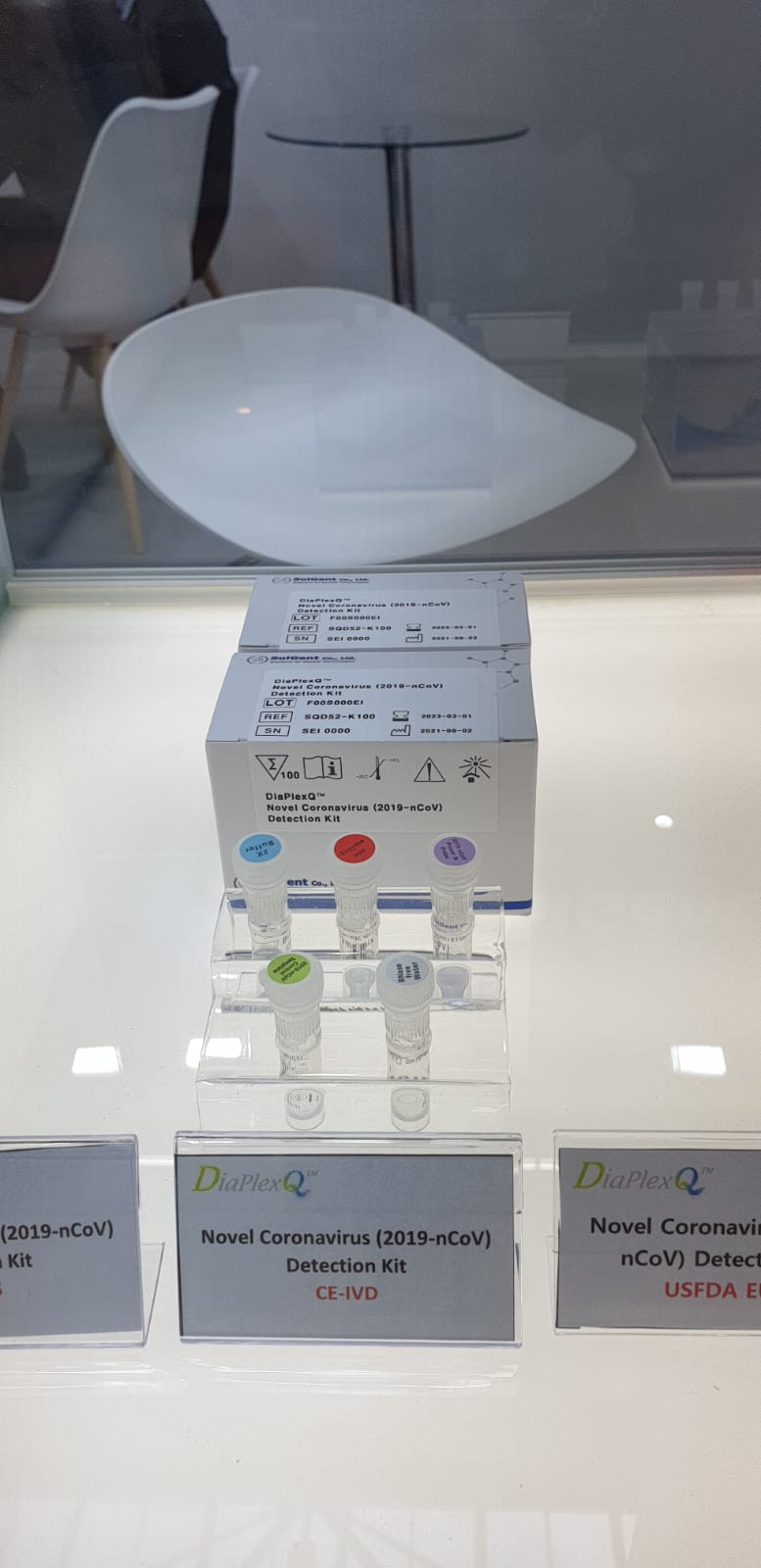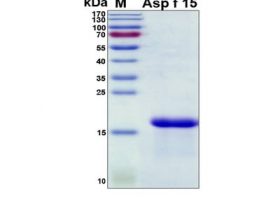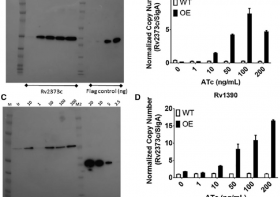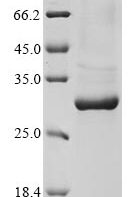Novel Coronavirus (2019-nCoV) Detection Kit

Product name
Generic name: 2019 novel coronavirus RNA detection kit (2019-nCoV)
Package specifications
Large pack, 24 tests / kit; large pack, 48 tests / kit; large pack, 96 tests / kit;
Expected use
This kit is used for the qualitative in vitro detection of the new coronavirus (2019-nCoV) ORFlab and N genes in pharyngeal smears, sputum samples with suspected pneumonia patients infected by the new coronavirus, suspected clustering cases and others who need a diagnosis or differential diagnosis for the new coronavirus.
Detection of the novel coronavirus RNA shall meet the requirements of the related guideline, clinical diagnosis/disease control and other documents, in order to carry out the regulations on biosafety. The detection results of this kit are for clinical reference only and should not be used as the sole criterion for clinical diagnosis. It is recommended to carry out a full analysis of the condition in combination with the clinic manifestations of the patient and other laboratory tests.
Test principle
This kit is based on the one-step RT-PCR technique. In Practice, 2019 Novel Coronavirus (2019-nCoV) ORF1ab and N genes are selected as target amplification regions. Specific primers and fluorescent probes are designed for the detection of Novel 2019 Coronavirus RNA in the samples. This kit also includes an endogenous intern standard detection system, which is used to monitor the processes of sample collection, RNA amplification and PCR, reducing false-negative results.
The above components in different kit lots cannot be interchangeable.
Reagents for self-preparation: RNA extraction or purification reagents: YHXB No. 20170583, YHXB No. 20150302 products made by DAAN. QIAamp viral RNA mini kit, 52906.
Description of the positive/negative control materials: the positive control material is pseudovirus containing the target fragments and internal standard fragments, while the negative control material is a pseudovirus containing fragments of an internal standard.
During their use, they should participate in the extraction and should be considered as an infectious substance. They will be handled and disposed of in accordance with the relevant regulations regulations
Storage conditions and validity date
The kit is stored at -20 ± 5 ℃ and the shelf life is 12 months. The reagent can be stored at 4 ° C for 3 days; the kit can be stored at 37 ° C for 3 days; repeated freezing and thawing should be avoided; repeated freezing and thawing
cycles should not exceed 7 times and reagent cap times should not exceed 7.
Applicable instruments
ABI 7500, LightCycler480 Ⅱ
Sample requirements
1. Applicable sample types: throat swab, sputum.
2. Collection of samples (aseptic technique)
- Throat swab: Clean the tonsil and posterior pharyngeal wall with two swabs at the same time, and immerse the swab heads in the tube containing the sample liquid;
- Sputum: After the patient has a deep cough, collect the coughed-up sputum in the screw cap test tube containing the sample liquid;
3. Storage and transport of samples.
Samples for virus isolation and RNA detection should be analyzed as soon as possible. Samples that can be detected within 24 hours can be stored at 4 ℃; those that cannot be detected within 24 hours should be stored at -70 ℃ or below (if no -70 ℃ storage conditions, then temporarily stored in -20 ℃ refrigerator). The specimens should avoid repeated freezing and thawing during transport specimens they should be sent to the laboratory as soon as possible after collection. If the specimens should be transported long distances, it is recommended to use dry ice for storage.
Determination of results
- If the test sample has no amplification curve on the FAM and VIC channels, do not is the amplification curve in the Cy5 channel, it can be judged that there is no Novela 2019 Coronavirus RNA (2019-nCoV) in the sample;
- If the test sample has an obvious amplification curve in the FAM and VIC channels and Ct value ≤ 40, it can be judged that the sample is positive for 2019 Novel coronavirus (2019-nCoV);
- If the test sample only has the Ct ≤ 40 value in a single channel of FAM or VIC, and there is no amplification curve on the other channel, the results should be retested If the retest results are consistent, the sample can be considered positive. for the 2019 novel coronavirus (2019-nCoV).



